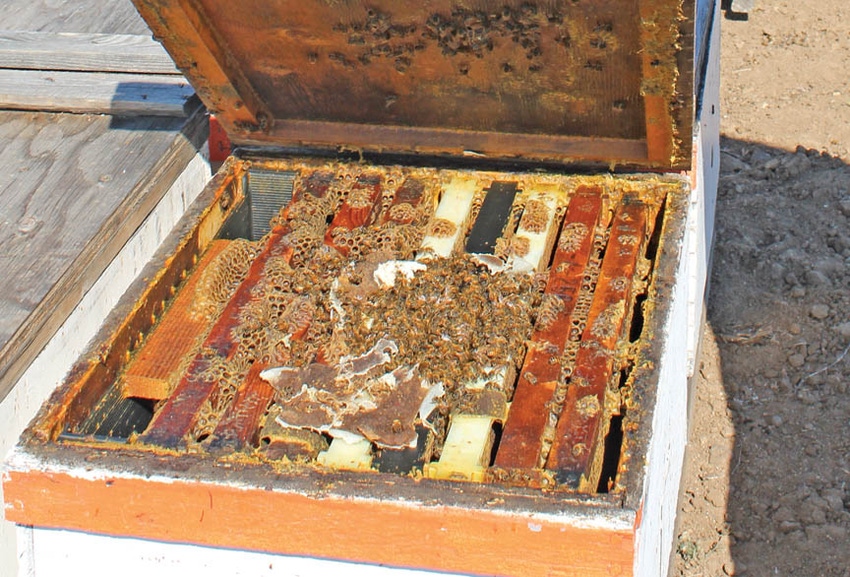April 22, 2013

It’s estimated that over the past five years, some 30 percent of bees in the United States have either disappeared or failed to survive to pollinate blossoms in the spring.
What may be causing the die-offs and why the dramatic disparities from one region to another? Scientists have a number of hypotheses but the activist community has coalesced around one explanation: They blame it on neonicotinoids, also known as neonics, which are the widest used class of insecticide ever.
But the question remains: are neonicotinoids the culprit?
Over the past few months, CBS News, NPR and Dan Rather have run powerful segments and the popular media in general has cheerleaded a recent lawsuit spearheaded by the Center for Food Safety and other anti-chemical groups demanding that the Environmental Protection Agency ban the insecticide. In less than a month, the New York Times ran a front-page article and editorialized twice on the subject, dismissing what it called “manufacturers’ bland assurances” about its safety and all but calling for a ban.
History raises questions about the almost exclusive focus on neonics to explain the regional bee crisis.
For full story, see: Science Collapse Disorder -- The Real Story Behind Neonics And Mass Bee Deaths
You May Also Like




